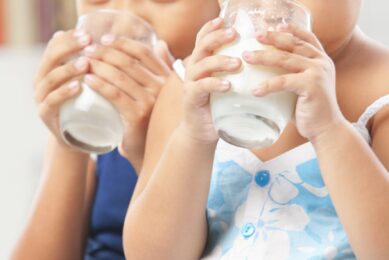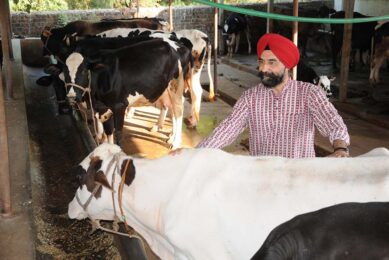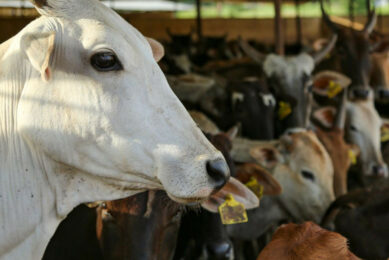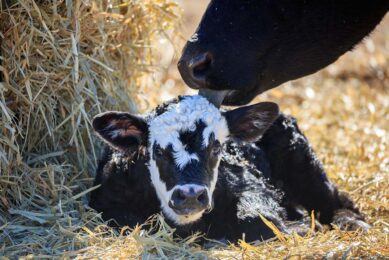India’s dairy sector in 2024: Resilient but at risk?
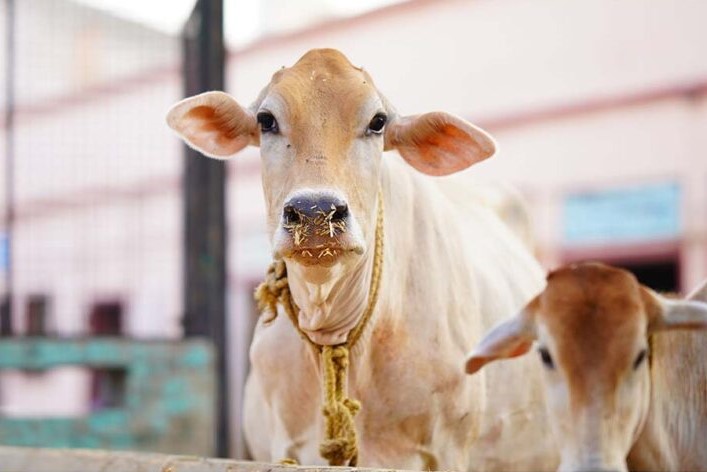
India leads the world in milk production, but low productivity continues to challenge farmers and the industry as a whole, as explained recently by the country’s finance minister, Nirmala Sitharaman, in her budget speech.
Production of milk and dairy products has not met demand for about 2 years now due to high demand as the pandemic waned. However, disease is affecting normal productivity levels in the sector as a whole. Foot and mouth disease is a major problem in Indian dairy cows and buffalo, and also affects pigs, goats and sheep.
The Indian government is making a major effort to control foot and mouth disease. At a recent round table hosted by the directorate of extension education, Guru Angad Dev Veterinary and Animal Sciences University Ludhiana, biosecurity was stressed as important to curbing disease spread. Using soda ash solution as a disinfectant was recommended.
Panelists also stressed that extension personnel, university staff and regional diagnostic lab staff must also work together closely to control disease spread. In addition, in Punjab province and other regions, widespread immunisation is already underway.
Lumpy skin disease has also infected millions of dairy cows and buffalo in India and has resulted in the death of hundreds of thousands so far.
It is estimated that at least 16.8 million artificial inseminations were missed from 2020 to 2022…
More pandemic impact
Productivity is India’s dairy sector is not as high as it could be because increases in the number of high-producing dairy cattle and buffalo have been curbed. In short, due to restrictions resulting from the pandemic, it is estimated that at least 16.8 million artificial inseminations were missed from 2020 to 2022.
This vital technology used to accelerate milk production gains and achieve other genetic improvement is strongly supported by the federal government. However, there are concerns that government incentives for the use of sex-sorted semen will result in an overproduction of female cows.
Technology boosts productivity
New technologies are being trialed to help boost dairy production in the region of Antargaon in Wardha District, Maharashtra. The initiative is a partnership between ISAP India Foundation, Rockwell Automation and eVerse.AI.
The Economic and Social Development of Indian Village Through Technology-Enabled Dairy Farming project will help address both low milk production and low milk quality. It will enable better information sharing and problem solving among farmers in this rural area, who are in a decentralised dairy sector structure and have lower awareness about best practices in animal care compared to their peers in some other parts of the country.
The initiative provides a suite of services to dairy farmers, including:
- The supply of Internet of Things (IoT)-enabled collar devices for tracking vital health parameters of dairy cows and buffalo
- Mobile phone-enabled alerts and access to veterinarians
- A biometric identification system for dairy animals, allowing health of individuals to be tracked and improved
- eVerse.AI’s CowGPT platform, which launched in December. eVerse.AI states: “Dairy farmers can register their animals on the platform and manage identification, breeding, nutrition, health, milking and many other aspects.”
CowGPT can be used by these farmers through the ConnectedCow web platform/app or through WhatsApp, a very popular and free global chat and phone interface. The WhatsApp part of this platform saw over 50,000 messages being exchanged within a few days of its launch. CowGPT is already available in 15 languages used in India.



